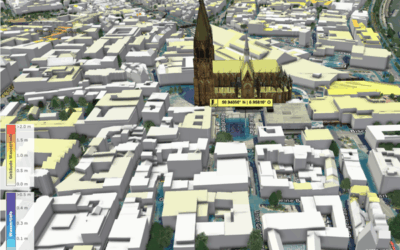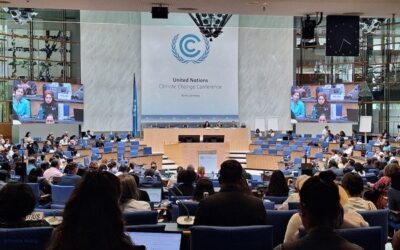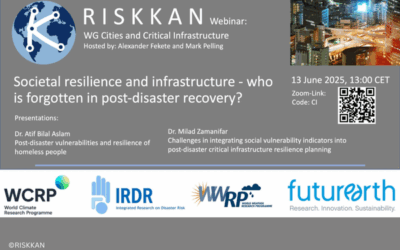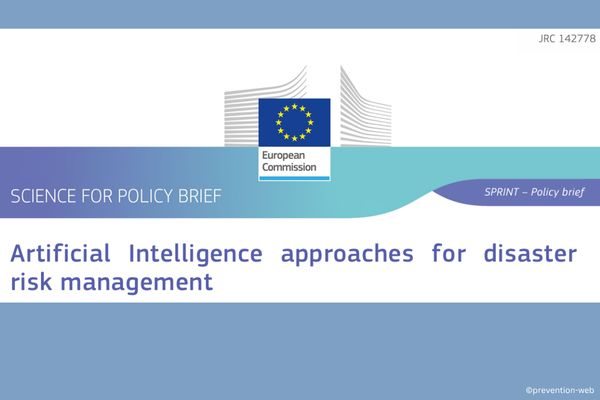The DKKV is…
German Committee for Disaster Reduction e.V. (ger.: Deutsches Komitee Katastrophenvorsorge e.V.)
Newsblog
StEB Köln published new generation of interactive hazard maps
The Urban drainage companies in Cologne (StEB Köln), an institutional member of DKKV, has published a new generation of its heavy rain hazard maps, which show the city area interactively in 3D for the first time. Citizens can now see precisely what effects heavy rain...
Reminder – DKKV Sponsorship Award 2025 – Only 3 days left until the application deadline!
The application deadline for the DKKV Sponsorship Award 2025 is June 20, 2025!So apply quickly!Have you written a bachelor's or master's thesis with a focus on disaster risk reduction or disaster management? Then take the opportunity to make your research visible and...
Start of the June Climate Meetings in Bonn (SB 62)
Today, June 16, 2025, the meeting of the Subsidiary Bodies (SB 62) of the United Nations Framework Convention on Climate Change (UNFCCC) has started in Bonn, which will take place until June 26, 2025. The meetings of the Subsidiary Bodies, the Subsidiary Body for...
Reminder- June 13th – RISKKAN – Webinar: WG Cities and critical Infrastructure
Tomorrow at 1pm another RISKKAN webinar on the topic “WG Cities and Critical Infrastructure ‘Societal resilience and infrastructure – who is forgotten in post-disaster recovery?’ will take place. Prof. Dr. Alexander Fekete, personal member of DKKV, and Mark Pelling...
Follow us
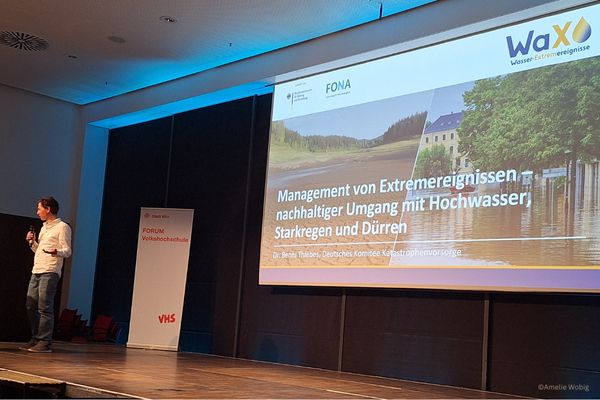



What is disaster risk reduction?
Storms, natural hazards and extreme events can quickly become a danger to people and the environment. But climate change, extreme urbanization, power outages and fires also offer potential hazards.
A disaster occurs when the functioning of a community or society is impaired or interrupted and, as a result, high human, material, economic and ecological losses occur that cannot be managed alone.
Precautionary measures can help to reduce the consequences and impact of the disaster. Depending on the hazard and personal circumstances, the precautionary measures to be taken may vary.
Find out more about potential hazards and individual precautionary measures on our topic pages.


